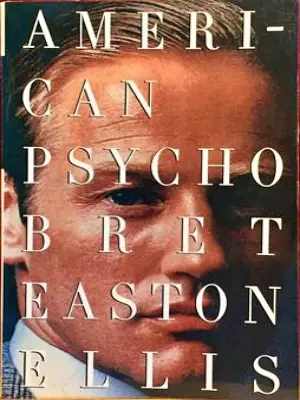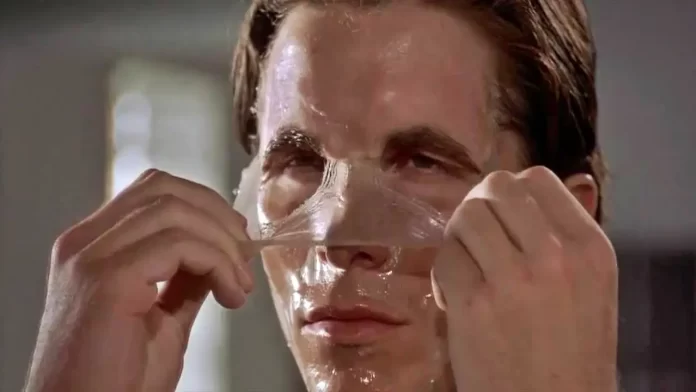Patrick Bateman is one of the most complex and controversial characters in modern literature and cinema. Created by Bret Easton Ellis in the novel American Psycho, Bateman embodies the dark side of 1980s yuppie culture. The story was later adapted into a film starring Christian Bale, bringing Bateman’s chilling persona to life on the big screen. This article explores the character of Patrick Bateman, his motivations, and the societal critique embedded in both the book and the movie.
Who is Patrick Bateman?
Patrick Bateman is a 27-year-old Wall Street executive living in Manhattan. On the surface, he appears successful, handsome, and wealthy. However, beneath this polished exterior lies a deeply troubled man. Bateman hates himself and the shallow society he represents. He is consumed by materialism, obsessed with fashion, and fixated on status symbols. Yet, he recognizes the emptiness of his existence, which fuels his self-loathing.
In the novel, Bateman spirals into madness, committing horrific acts of violence. His crimes are not just random; they reflect his disdain for a world that prioritizes appearances over substance. The film adaptation tones down some of these elements but retains the core message about the dangers of unchecked consumerism and superficiality.
The Book vs. The Film
The novel American Psycho is notorious for its graphic violence and disturbing content. It has been banned in several countries due to its explicit descriptions of murder, mutilation, and cannibalism. Ellis uses these extreme scenes to satirize the excesses of 1980s America. Readers witness Bateman’s descent into insanity as he dismembers victims, eats parts of their bodies, and even kills a child in one harrowing scene.

The film, directed by Mary Harron, takes a more restrained approach. While it still portrays Bateman as a violent psychopath, it avoids showing the most gruesome details. For example, Bateman’s apartment in the movie is clean and orderly, unlike the blood-soaked chaos depicted in the book. Instead, the filmmakers focus on Bateman’s internal struggles and the absurdity of his world.
Despite these differences, both versions effectively critique consumerist society. They highlight how people become dehumanized when they prioritize wealth and image over genuine human connection.
What Drives Bateman’s Madness?
Several factors contribute to Bateman’s psychological breakdown:
- Self-Loathing: Bateman despises himself for becoming the shallow person he criticizes. He knows he lacks depth and meaning in his life.
- Hatred of Others: Bateman harbors intense prejudices against various groups, including homosexuals, minorities, and the homeless. These biases stem from his upbringing in a racist and elitist environment.
- Superficial Relationships: In both the book and the film, Bateman’s coworkers frequently confuse him with others. This reflects the lack of individuality in his social circle and reinforces his belief that no one truly knows or cares about him.
- Obsession with Materialism: Bateman’s fixation on designer clothes, luxury brands, and trendy music highlights the emptiness of his lifestyle. Despite owning the “best of the best,” he remains unfulfilled.
- Sexual Deviance: Bateman’s sexual encounters are twisted and often violent. In the book, these scenes are particularly graphic, showcasing his inability to form healthy relationships.
Christian Bale’s Iconic Performance
Christian Bale’s portrayal of Patrick Bateman is widely praised for its intensity and nuance. He captures Bateman’s charm, rage, and vulnerability with remarkable precision. One standout moment is Bale’s phone confession scene, where he delivers a chilling monologue that reveals Bateman’s fractured psyche.
The supporting cast also shines, with Willem Dafoe playing a detective suspicious of Bateman’s activities. Chloe Sevigny portrays Bateman’s oblivious receptionist, while Reese Witherspoon plays his equally clueless girlfriend. Together, they create a vivid picture of a world disconnected from reality.
Themes and Social Commentary
At its heart, American Psycho is a scathing critique of 1980s consumer culture. Here are some key themes:
- Consumerism: Both the book and the film emphasize how material possessions define people’s worth in Bateman’s world. Characters obsess over business cards, clothing labels, and restaurant reservations, reducing human interactions to transactions.
- Identity Crisis: Bateman struggles with his identity, feeling like a faceless cog in a machine. His coworkers’ inability to distinguish him from others underscores this theme.
- Violence as Rebellion: Bateman’s murders can be seen as a twisted form of protest against a soulless society. By targeting those he views as detrimental to humanity, he attempts to assert control over a world that has stripped him of agency.
- Isolation: Despite being surrounded by people, Bateman is profoundly lonely. His inability to connect with others drives him further into madness.
Why Does This Story Resonate?
Decades after its release, American Psycho continues to captivate audiences because it taps into universal fears and anxieties. Many readers and viewers see parallels between Bateman’s world and our own. Today’s society remains obsessed with appearances, social media validation, and material success. Bateman’s journey serves as a cautionary tale about the dangers of losing oneself in pursuit of external approval.
Moreover, the story challenges us to confront uncomfortable truths about privilege, prejudice, and power dynamics. It forces us to ask difficult questions: How much are we willing to sacrifice for status? At what point does ambition turn toxic? And how do we avoid becoming like Patrick Bateman?
Conclusion
Patrick Bateman is more than just a fictional psychopath; he is a mirror reflecting the darkest aspects of modern life. Through his character, Bret Easton Ellis critiques a culture obsessed with wealth, beauty, and conformity. The film adaptation brings this vision to life with style and subtlety, thanks to Mary Harron’s direction and Christian Bale’s unforgettable performance.
Whether you prefer the raw brutality of the book or the sleek polish of the movie, one thing is clear: American Psycho leaves a lasting impression. Its exploration of identity, morality, and societal decay remains relevant today. As we navigate an increasingly superficial world, Bateman’s story reminds us to look beyond the surface and seek authenticity.
Would you recommend American Psycho to others? Share your thoughts below!


